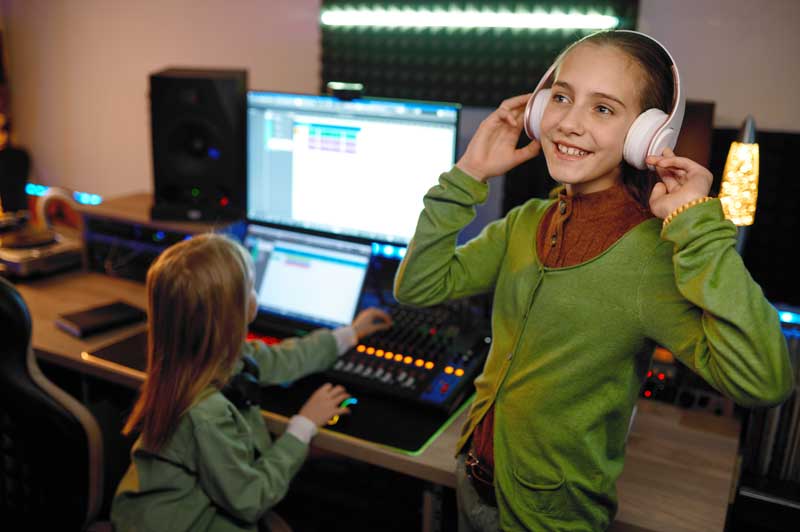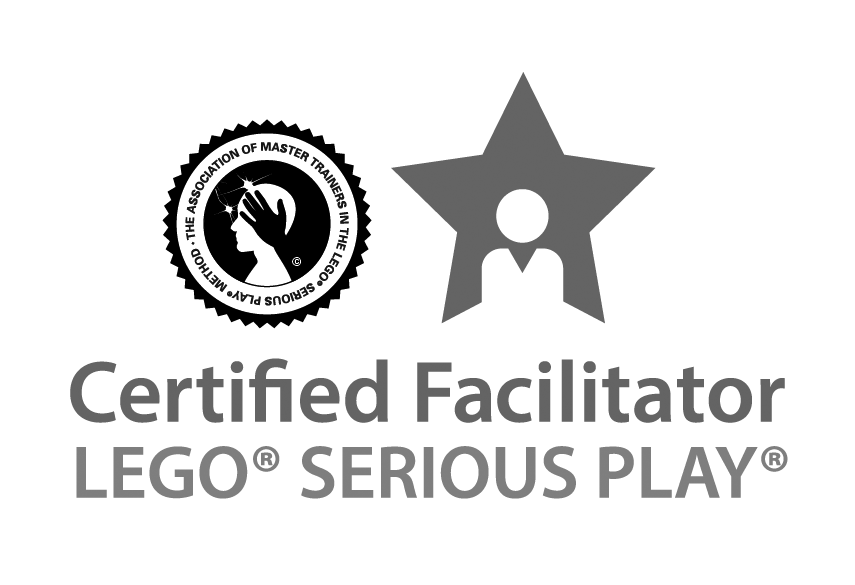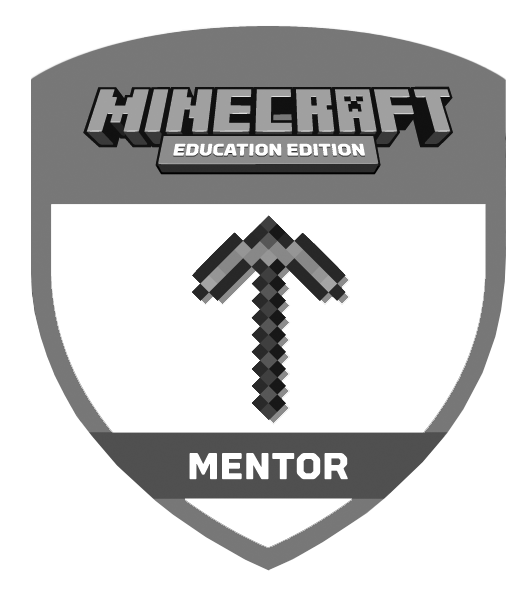Convert your musical sensitivity in a sixth sense
A fun method to learn music without prior knowledge, adapted to each age.
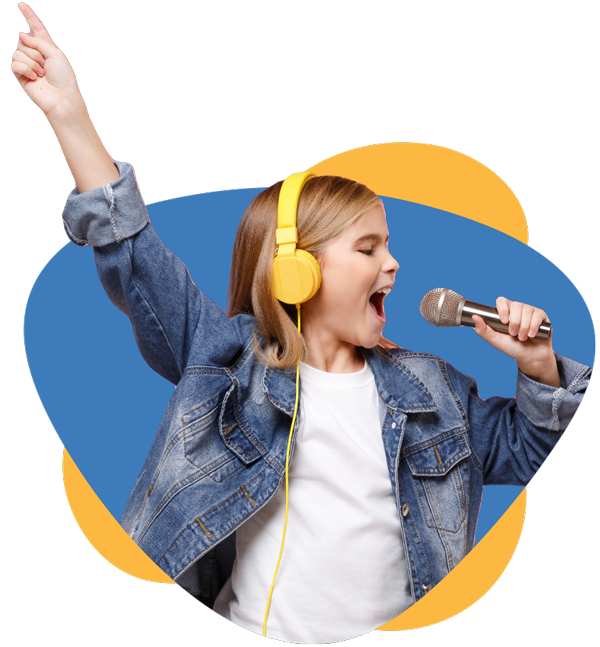
Why learn music with Ignite?
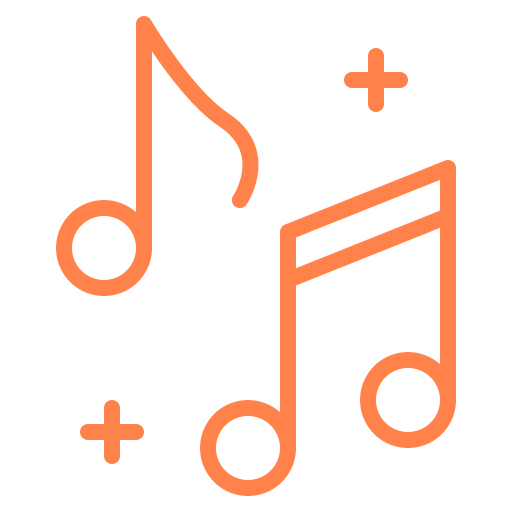
Variable centers of interest
Each quarter we start from a different point of interest: a composer, a genre, a story, a musical work,...
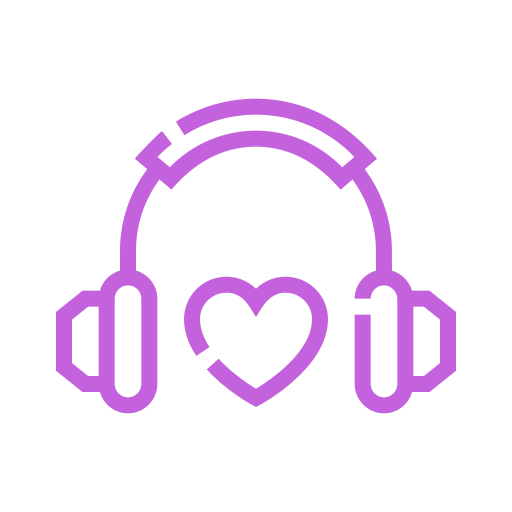
Fun as a method
Improvisation and creation with the voice, body and classroom instruments, as highly effective methods.

Natural learning
We introduce ourselves to the musical language starting from the voice, listening (recorded and live) and movement.

Collective creation
Creation and editing of an album with the students' musical creations and the scores worked on in class.
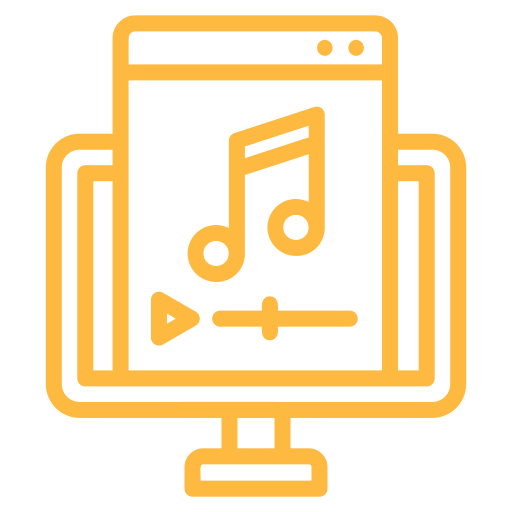
digital edition
We incorporate technological resources, applications and music writing software.
Itineraries
Musical awareness
3 to 5 years old
In the childhood stage we provide experiences that the little ones associate with positive sensations, such as joy or tranquility. At this age, learning is fundamentally sensory, so we use very visual spellings that they will remember easily and over time will allow them to take the step towards the graphic representation of scores.
We work with small percussion elements and very experiential dynamics that include singing, dancing and various body expression exercises.
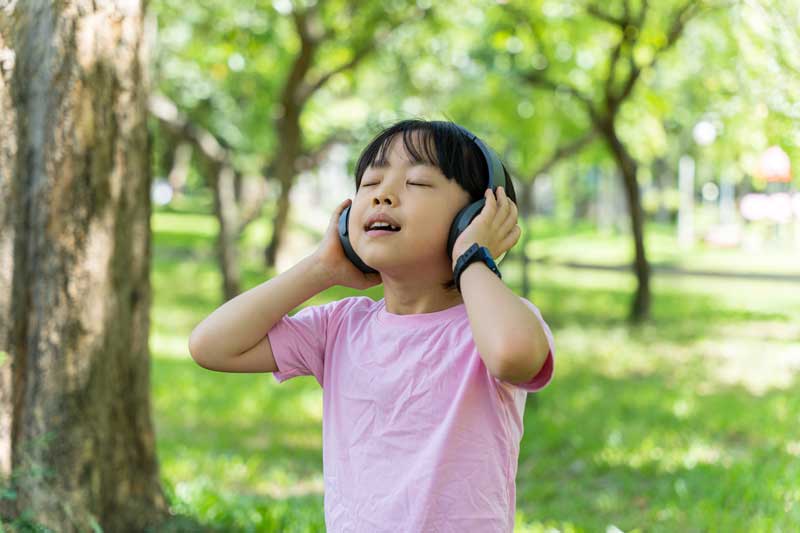
Initiation to music
6 to 7 years old
From the age of 6, students reach sufficient maturity to begin to interpret and write on sheet music using conventional spelling. They also begin to handle digital editing of their own musical creations by learning to use specific introductory-level software.
In this cycle, in which the students have already achieved reading and writing, we take advantage of this cognitive evolution to capture figures and work on musical language at another level.
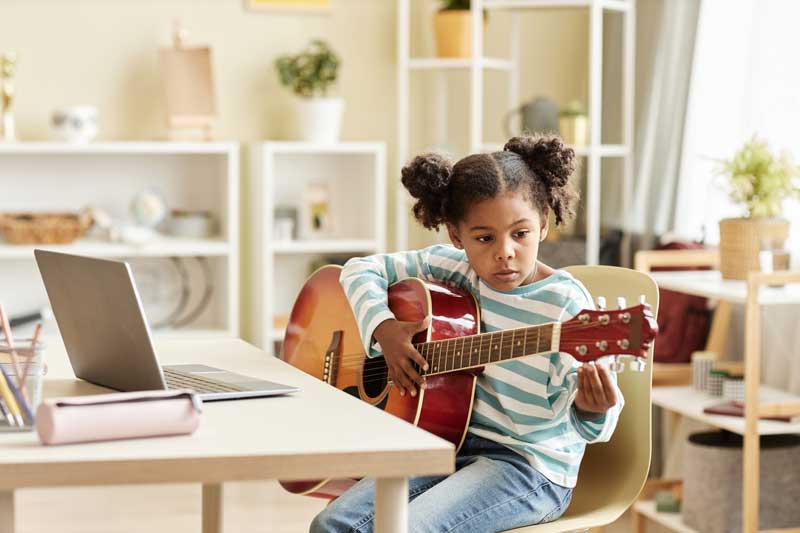
The musical
8 + years
Musical theater offers us the possibility of developing different capacities at the same time: language, diction, singing, dance, body expression and visual arts. This formula is ideal for expressing everything learned in a playful way and discovering how music is integrated transversally into a choral work.
Being part of a collaborative project such as a musical work helps boys and girls to lose their inhibitions, leaving fears and insecurities behind, to participate and reinforce their assertiveness.
